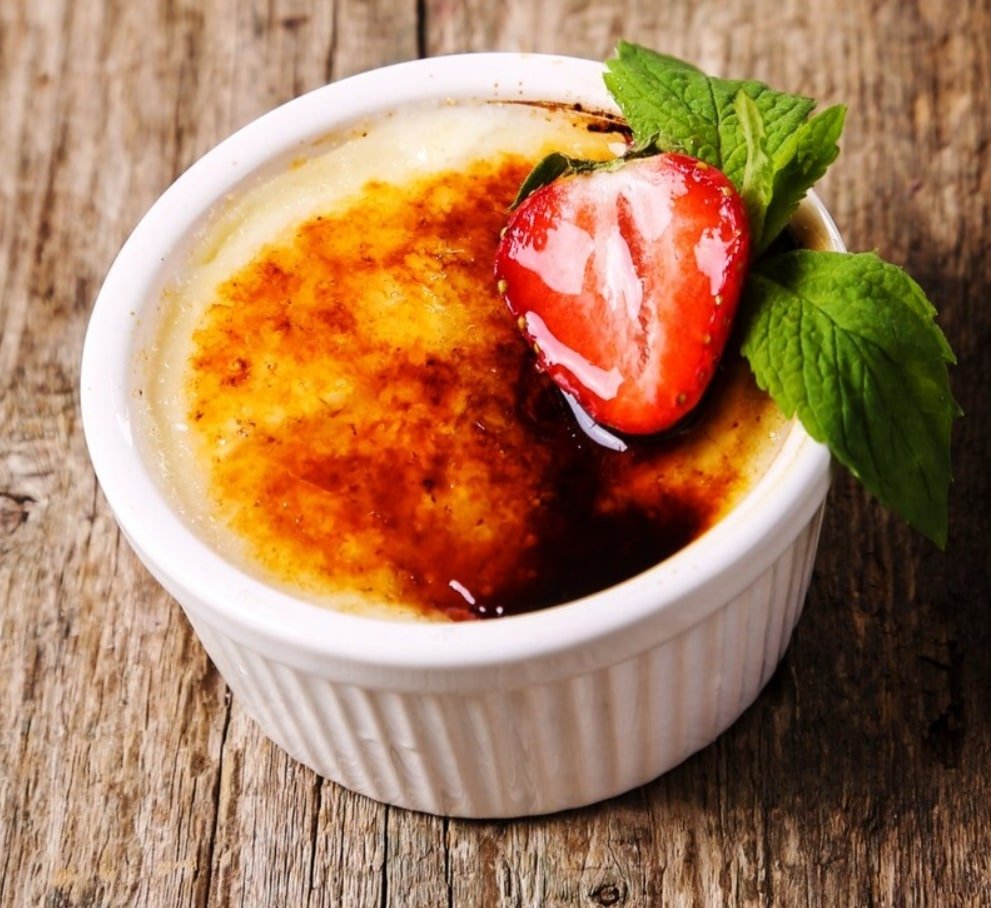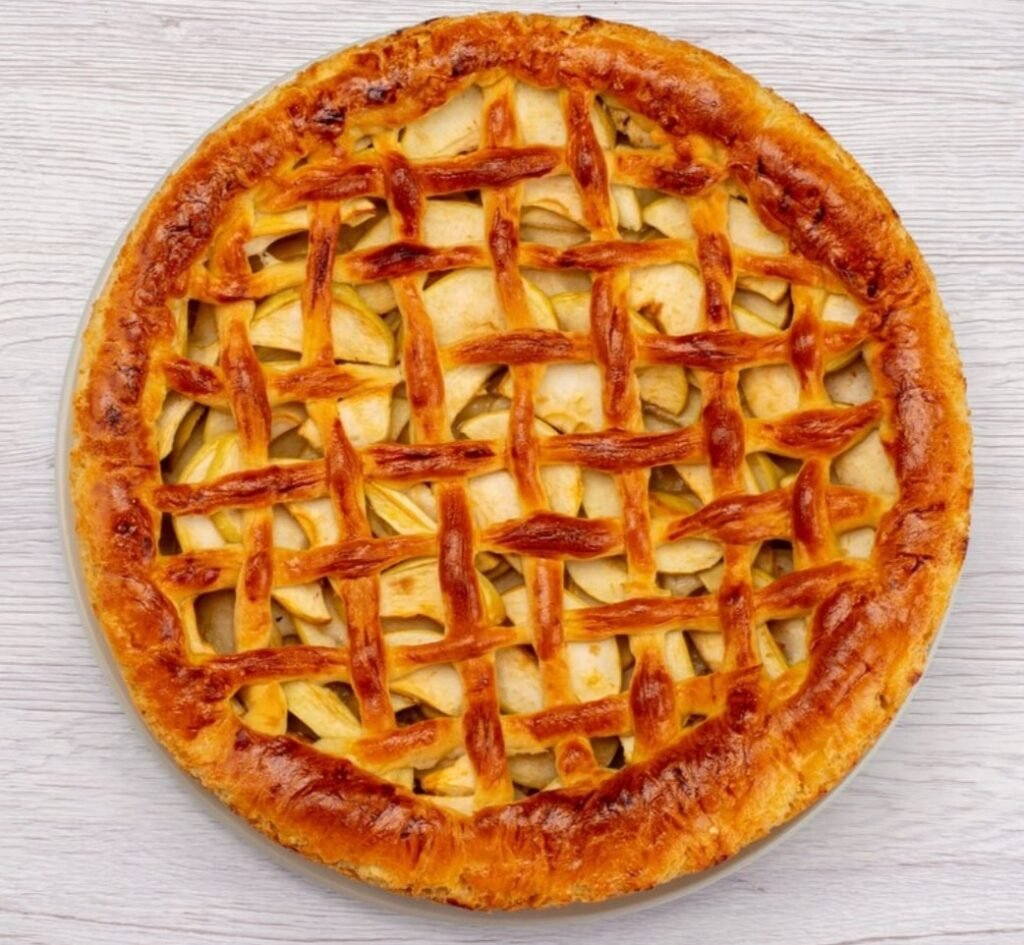Introduction to French Desserts:
Welcome You to a new blog on French Desserts. France which is rich in romantic places also has a variety of sweetness in its cuisines. From the delicate layers of a perfectly crafted Mille-feuille to the irresistible charm of a golden-brown Tarte Tatin. It contains velvety smoothness, crispiness, heavenly sweetness and more and more.
Each dessert is a cultural masterpiece without any doubt. Let’s take a journey of France through the mouthwatering desserts. This blog promises to be a tantalizing celebration of French desserts delights.
Macarons

Macarons are delightful French Pastries made with almond flour, egg whites, and sugar, often sandwiched together with flavorful fillings like ganache or buttercream. They have a smooth, crisp shell and a soft, chewy interior. Macrons come in various colors and flavors, offering an amazing combination of textures and tastes.
Palmier

A Palmier, also known as palm heart or elephant ear, is a French pastry made from puff pastry that is rolled in sugar and baked until caramelized. The result is crispy, caramelized exterior with a flaky, layered interior. The name Palmier refers to its palm leaf shape. It’s a delicious trat enjoyed as a sweet snack or dessert.
Canelé

A Canelé is a French pastry with a soft and custardy interior encased in a caramelized, thick, and dark crust. It is traditionally flavored with vanilla and rum. The Pastry gets its distinctive shape from being baked in small, cylindrical molds. The contrast between the crispy exterior and tender interior, along with its rich flavor, makes canelés a popular and delightful treat in French cuisine.
Profiteroles

Profiteroles are small, round pastries made from choux dough, which is the same dough used for Eclairs and cream puffs. These bite sized pastries are typically filled with sweet fillings such as whipped cream, pastry cream, or ice cream. They are often drizzled with chocolate sauce or topped with powdered sugar.
Croissant

The iconic French croissant is a buttery and flaky pastry, known for its crescent shape. Enjoyed for breakfast or as a snack, its layers are a testament to the art of French pastry making.
Éclair

The éclair is a classic French pastry featuring a light choux pastry filled with creamy custard or flavored cream and topped with a glossy chocolate glaze. Its elegant appearance is matched by its delectable flavor.
Crème Brûlée

A quintessential French dessert, crème brûlée is a velvety custard with a crisp caramelized sugar crust. The contrast between the creamy interior and the crackling caramel makes it a timeless favorite.
Tarte Tatin

This upside-down caramelized apple tart is a masterpiece in simplicity. With a luscious layer of caramelized apples atop a buttery crust, tarte Tatin embodies the rustic charm and deliciousness of French countrysidedesserts.
Frequently Asked Questions (FAQs)
Q. What makes French desserts unique?
Ans. French desserts are renowned for their exquisite flavors, delicate textures, and meticulous craftsmanship. They often feature rich ingredients like butter and cream, creating a luxurious experience.
Q. Which classic French desserts should I try first?
Ans. Start with iconic treats like croissants, macarons, éclairs, tarte Tatin, and crème brûlée. These classics showcase the diversity and elegance of French pastry.
Q. Are French desserts difficult to make at home?
Ans. While some recipes may require precision, many French desserts are accessible for home bakers. Start with simpler options and gradually progress to more complex creations.
Q. What essential ingredients do I need for French desserts?
Ans. Common ingredients include butter, high-quality chocolate, fresh fruits, eggs, and pastry flour. Embrace the importance of using top-notch ingredients for an authentic taste.
Q. Can I find French desserts suitable for dietary restrictions?
Ans. Yes, there are variations and adaptations of traditional French desserts to accommodate dietary preferences. Explore recipes with gluten-free flours, dairy alternatives, and reduced sugar content.
Q. How can I master the art of making French pastries?
Ans. Practice, patience, and attention to detail are key. Start with foundational techniques like pastry dough and learn the art of tempering chocolate.
Q. What are some regional specialties in French desserts?
Ans. Each region in France boasts unique desserts. For example, the South has calisson, the North offers gaufres (waffles), and Brittany is famous for its kouign-amann.
Q. Are there quick and easy French dessert recipes for busy schedules?
Ans. Absolutely! Try recipes like clafoutis, madeleines, or crêpes for delightful treats that are relatively quick to prepare.
Q. What’s the secret to achieving the perfect macaron?
Ans. Achieving the right balance of moisture, using almond flour, and mastering the macaronage technique are crucial. Follow a reliable recipe closely, and practice will lead to success.
Q. Can I incorporate seasonal ingredients into French desserts?
Ans. Yes, French desserts can be adapted to showcase seasonal fruits and flavors. Experiment with fresh berries in summer or spiced apples in the fall to add a personal touch to your creations.
Conclusion
In conclusion, the world of French desserts is a captivating tapestry of exquisite flavors, refined techniques, and a rich cultural heritage. From the iconic croissant to the delicate macaron, each pastry tells a story of tradition and craftsmanship. Exploring the realm of French desserts is not just a culinary experience; it’s a journey through artistry and passion. Whether you’re indulging in the buttery layers of a mille-feuille or savoring the decadence of a crème brûlée, these desserts are a celebration of life’s sweet moments. So, as you embark on your own culinary exploration, may the delicate balance of flavors and the elegance of French patisserie add a touch of sophistication to your table, creating moments of pure gastronomic pleasure.




